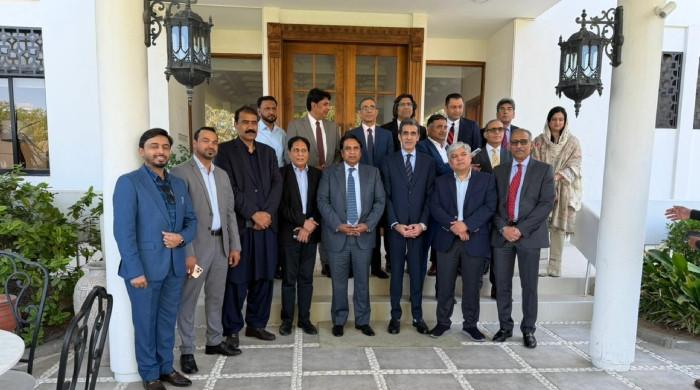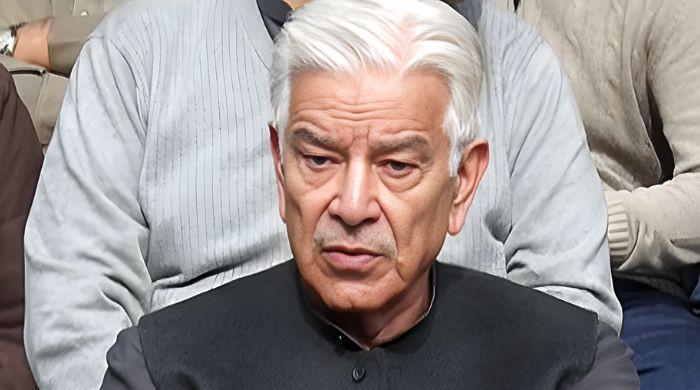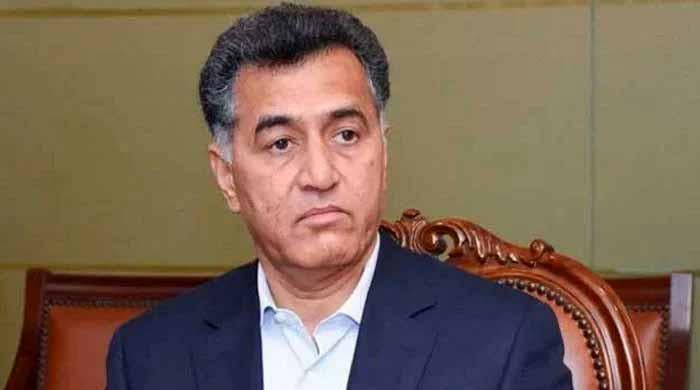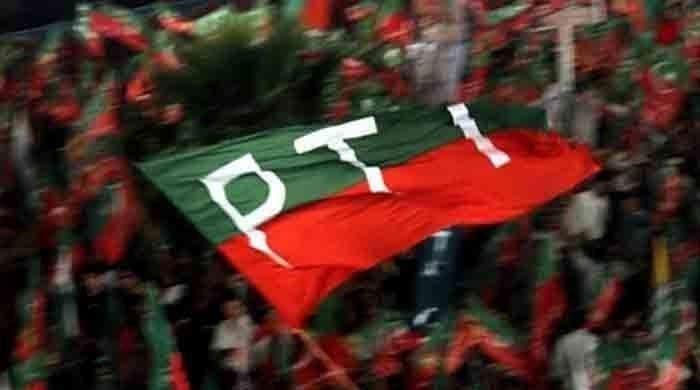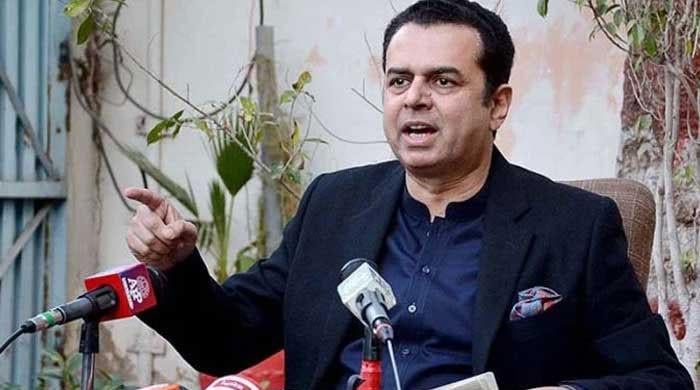Japanese Out, Chinese In: 18 years after closure, KCR to start this year
Revival of KCR needs more money than the city’s yearly budget.
January 06, 2017
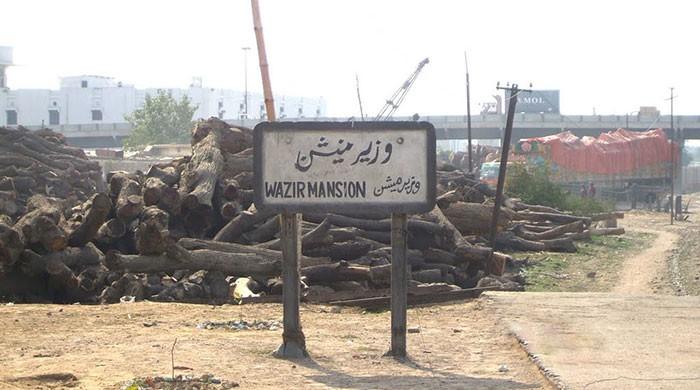
KARACHI: The Japanese are no longer looking after the Karachi Circular Railway (KCR). The service which shutdown in December 1999 has now become part of the China Pakistan Economic Corridor (CPEC).
After its addition in CPEC this December, the Joint Cooperation Committee has asked the transport department to submit their report within three months after the signing of its agreement.
The KCR was commissioned in 1964 and remained an effective mass transportation system till 1984. Later the operational efficiency kept deteriorating—resulting in the loss of passengers and eventual closure after 15 years.
KCR has a 43.12 kilometers long track- 23 kilometers will be elevated, and its jurisdiction is spread over 360 acres. When functional, KCR will have 24 stations, each 1.5 km away from the other. Trains will be kicking off their journey from city railway station till Nipa and one complete round will take 66 minutes. Each day it will cater to 0.7 million passengers.
Successive governments have been striving to revive the dead project. But it needs more money than the city’s yearly budget.
Back in 2009, Japan International Cooperation Agency (JICA) showed its interest in this project which would have cost them almost $2609.32 million but years later their interest was overshadowed due to the hurdles in the project mainly encroachment on the mainline.
Talking to Geo News Director General Mass Transit Cell, Muhammed Ather said, "We fulfilled all the 46 conditions of JICA officials which included tax exemptions and removal of encroachments from the mainline and side rows", he further revealed, "everything was on the verge of start but later on their interest overshadowed, as they were offering 85 percent of the capital for 40 years of soft loan, they might have found something better in the energy sector".
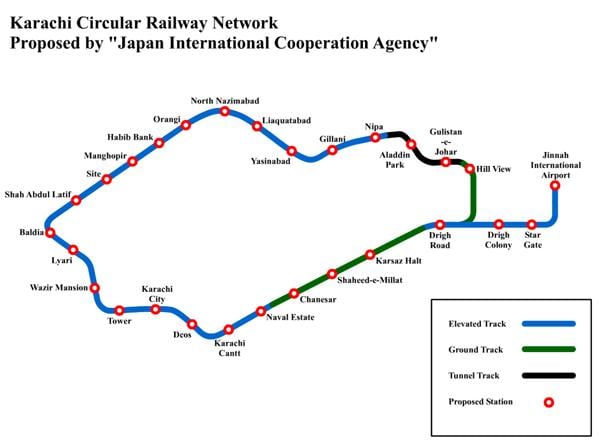
Construction to displace thousands
Reviving the KCR is one tough job because 67 acres of its track have encroached upon, where 4653 houses and 2997 structures stand. If the KCR is constructed on its original route hundreds of thousands of families will be displaced.
How will authorities clear this area? Geo News asked. "Lyari Expressway and Corridor 3 are the two examples when the government is willing to do something then no one can stop them. In this case, the encroachers are not even legal".
DG Sindh Mass Transit Cell (SMTC) further explained, "We have completed our survey and once the things get matured, by hook or crook we will get the government land back, as KCR has to be started this year".
People living in the encroached area have a different story to tell, they say, "It's been years since we have been living here. When we were building our houses we paid a huge amount of bribe to the officials, where was the government at that time?"
While visiting different areas along the main line of KCR, people living there have more or less the same version of the story. Jameel Ur Rehman, 47, father of five, in grimy clothes said, "To build my house I even had to sell my wife's jewelry, I have four daughters. I will not let them take my shelter away and if they want, they can do it over my dead body".
Why is KCR the need of time? It will reduce the traveling cost and time. Take Drigh Road to City Railway station as and example: while traveling in a bus it will take 65 minutes but by KCR it will take 19 minutes.
It's been seven years the KCR revival project started. The SMTC officials are working day and night to complete its feasibility report earlier to the given three months time which will be presented in front of the JCC for approval and once it is approved the work will be started.
The federal government has given a go-ahead to the project. On Thursday, Federal Minister for the railway, Khawaja Saad Rafique while addressing the media said, "KCR is an old project and the Federal government is more than willing to provide whatever provincial government needs".
Two generations in Karachi have never taken a ride in the KCR. Will we?




